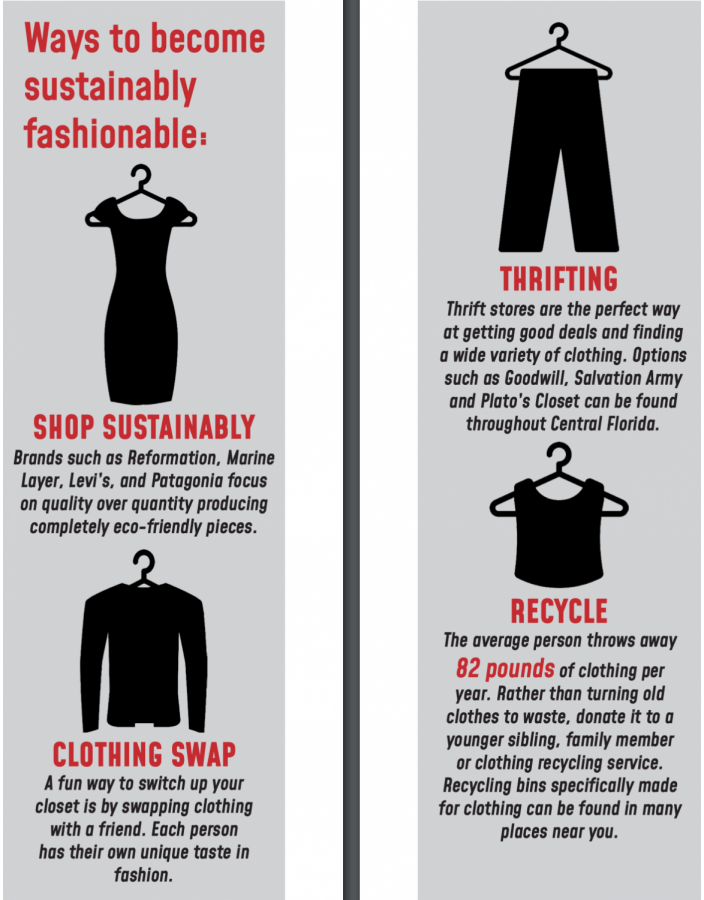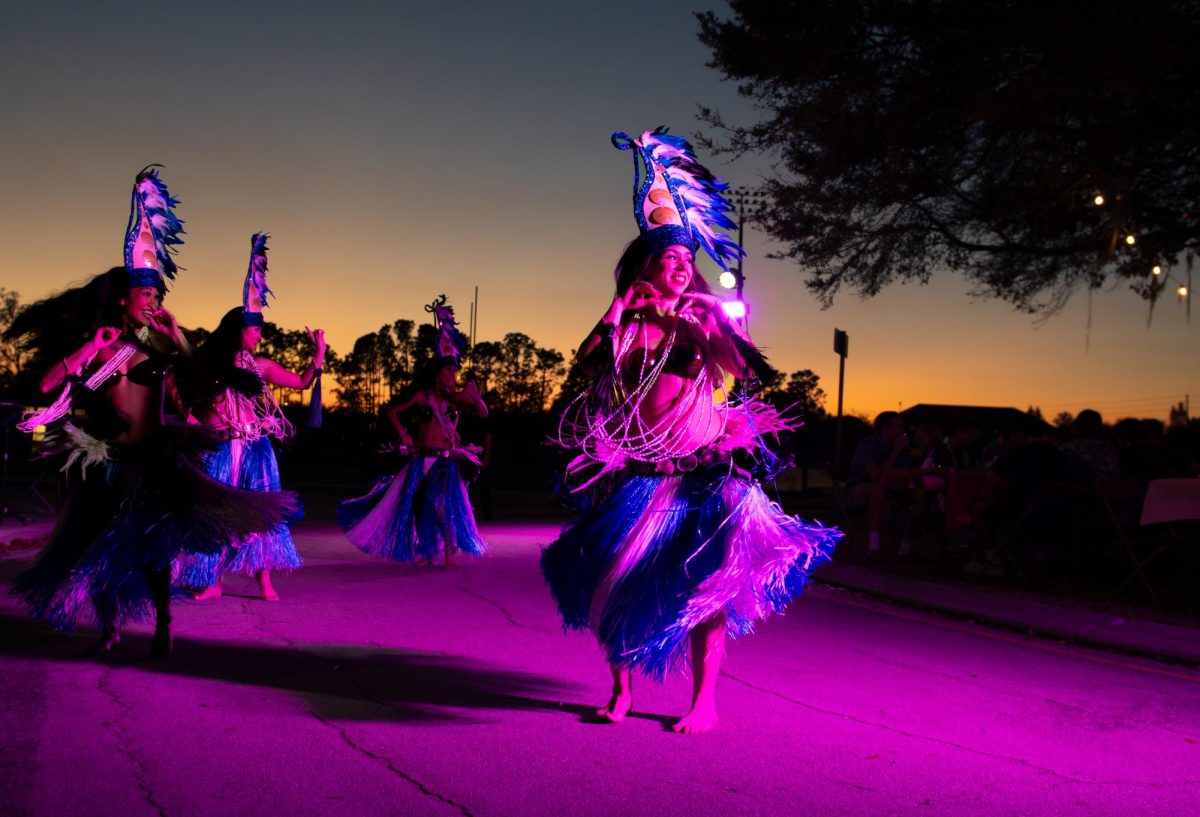Nowadays, the fashion industry is in a perpetual alteration. The brands buyers choose from are based on influence from pop culture, influencers, and their communities. With global warming and climate change emerging as trending concerns, consumers look for alternatives in their daily lives to save our planet.
Similar to Rent-the-Runway and others in the industry taking part in the sustainable fashion movement, Junior Hayden Lehr is an aspiring fashion student, occasionally making her own clothing. By her definition, sustainable fashion should not only benefit the environment but also the often neglected labourers who make these clothes. She views respect for people, nature and animals as important guidelines in the industry.
“Sustainable fashion is an ever-expanding topic in the fashion industry, but advancements are being made to positively impact both our economy and planet while using proper resources and working conditions [for labourers],” Lehr said.
As Lehr mentioned, this movement brings attention to cruel human garment factories in the fashion industry. According to a 2019 article by The Guardian, labourers in developing countries tirelessly work in conditions that don’t meet the legal fire safety requirement, seen in the 2013 Rana Plaza factory collapse that killed 1,000 in Bangladesh. A worker’s annual salary is roughly equal to $1,000. Lehr labels the conditions as modern-day sweatshops.
In a recent report from The International Textile, Garment, and Leather Worker’s Federation, it was revealed that brand labels that dominate the fashion industry, such as Nike, Tommy Hilfiger and Old Navy, are involved with cruel labor factories. The True Cost is an organization focused on bringing awareness to human rights in the fashion industry. The True Cost estimates there to be around 40 million sweatshops labouring worldwide that are used by these brands. Most of these big brands use chemically induced materials like cotton and linen that are thrown out instead of recycled.
The solution to avoiding this resource pollution is buying from sustainable brands and thrift store shopping. This also means putting an end to overshopping and only buying the essentials. Sustainable fashion works to recycle and reuse clothing while also keeping their resource use to a minimum.
Lehr has had experience with recycling clothing to avoid waste pollution, transforming a jumpsuit from Goodwill into a long skirt and ties into belts or waistbands. She also has spent time working with faux fur.
Lehr hopes to use her fashion knowledge and understanding to inspire her peers, recently starting a fashion club at Trinity that aims to provide members with experience and exposure to a creative outlet for ideas.
“Unfortunately, in Orlando, there’s not a lot of good [sustainable] opportunities, there’s cheap options, fakes and scams,” Lehr said.
The club will serve to educate members on the limitless opportunities of the industry, and how to deal with its competitive nature while still being ethical and aid in the push for increased sustainability.
“I wised up to the idea that ultimately, as the consumer, I’m responsible for educating myself about the brands that I’m purchasing,” Lehr said.














Alan • Feb 4, 2020 at 6:16 pm
I, too, am an ardent supporter of thrifting, but forget the content Maneesh, your prose is incredible! Perhaps you should consider becoming a poet instead of a cardiovascular surgeon!